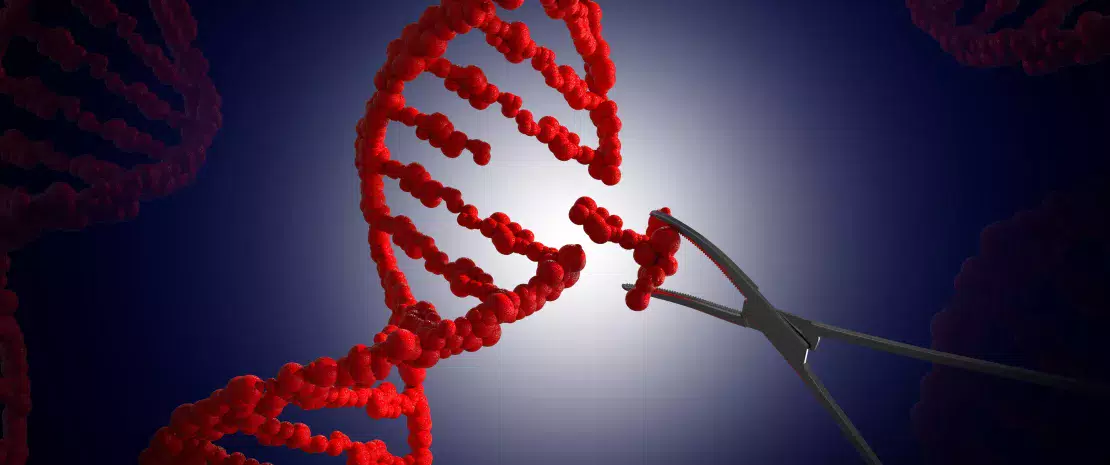A new generation of antibacterial agents? A plasmid capable of killing pathogenic bacteria
For a few years, DNA-cutting molecular scissors have been tested to kill certain pathogenic bacteria. But there was no reliable and efficient way to reach a large population of target cells. It is now well underway.
Sources
This article is based on scientific information

About this article
How can we specifically target pathogenic bacteria without creating resistance or inducing collateral damages to other members of the microbial community, and with a simple yet effective tool. A team from London may have found a solution, based on CRISPR-Cas9, i.e. “molecular scissors” that can implement gene corrections: a guide RNA recognizes a DNA sequence (called CRISPR) to which Cas9 nuclease binds, and cuts the target sequence. And we know that any cut into circular bacterial DNA prevents its replication and induces cell’s death.
A plasmid vector
The idea behind this study is the following: instead of inserting Cas9 into the bacterial DNA, researchers inserted it into a plasmid, a small DNA component present in addition to the bacterial genome. What is the advantage? Bacteria spread these plasmids through a process called (sidenote: Conjugation The donor bacterium binds to the recipient, transfers it a strand of the plasmid DNA which will later be transformed again by the recipient into a double-stranded plasmid ) , even between different species. But until now, studies were restricted by the low frequency of these plasmid transfers. This deficiency was overcome by the development of a plasmid containing not only Cas9 nuclease but also any equipment necessary to the conjugation process. Thanks to the successive conjugations between bacteria (the recipient becoming the donor, and so on), this new plasmid spreads very quickly, from an E. coli (donor) population to a nearly 100% Salmonella enterica population, considering that the closer the contact between cells (for instance in a biofilm), the greater the conjugation frequency. It should be noted that this propagation is possible because the expression of Cas9 is controlled: arabinose is required for nuclease expression and thus for bacterial killing. In the absence of arabinose, the plasmid is only able to spread.
Target: non-essential genes
Plasmid efficacy to kill target bacteria still had to be assessed, by varying one parameter: the gene cut by nuclease. The researchers thus tested 65 fragments of guide RNA, each recognizing a different gene of the bacterial DNA of S. enterica–some essential and some non-essential. By using E. coli again as initial donor of the plasmid, the team found that S. enterica mortality rate varied from 1 to 100%, depending on the target gene. Although questions remain to explain these differences, targeting essential genes seems less efficient: this gives rise to the insertion of DNA fragments into the plasmid, which then loses its ability to kill bacteria. This does not happen with non-essential genes.
A solution to reach biofilms?
Even though the model is only based on 2 tested species, the plasmid could theoretically be transferred to a complex microbial community: the conjugation could therefore be no longer the limit. The researchers must now focus on the plasmid efficacy and parameters impacting its activity. This process could have a wide range of applications, including the penetration of biofilms which are difficult to reach through other vectors: a native bacterium of the biofilm could be the initial donor, thus allowing the plasmid to spread very quickly and destroy target bacteria, even the most resistant to antibiotics.





